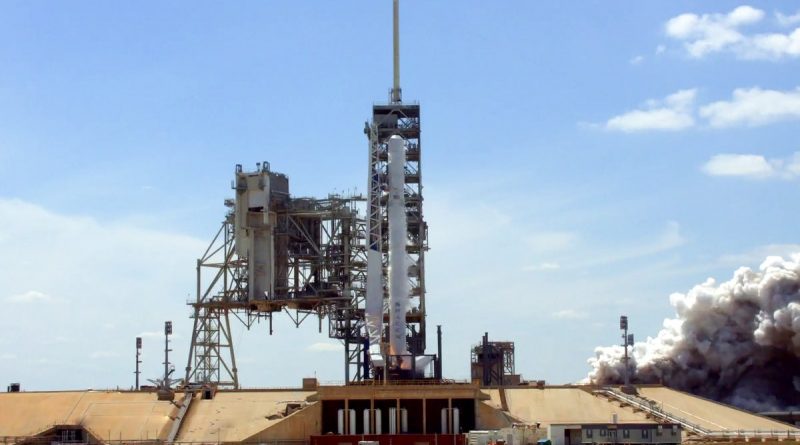Falcon 9 Static Fire Test Clears Way for Monday Liftoff with KoreaSat 5A
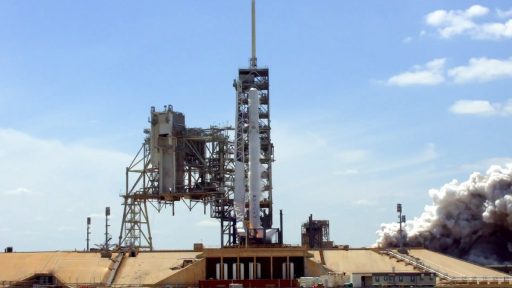
SpaceX successfully completed the Static Fire Test of a Falcon 9 rocket on Thursday atop the company’s Kennedy Space Center launch pad in preparation for the rocket’s 16th launch of the year, continuing to lead the field of the world’s launch vehicle families for the number of missions performed in 2017.
Thursday’s hold-down engine firing clears the way for liftoff as early as Monday with the KoreaSat 5A communications satellite for South Korean operator KT Sat, marking the seventh SpaceX launch into Geostationary Transfer Orbit this year. Monday’s launch window stretches from 19:34 to 21:58 UTC and the Falcon 9 first stage will be aiming for a propulsive landing on the ‘Of Course I Still Love You’ Drone Ship that will be positioned under the rocket’s ascent track south east of Florida’s Space Coast.
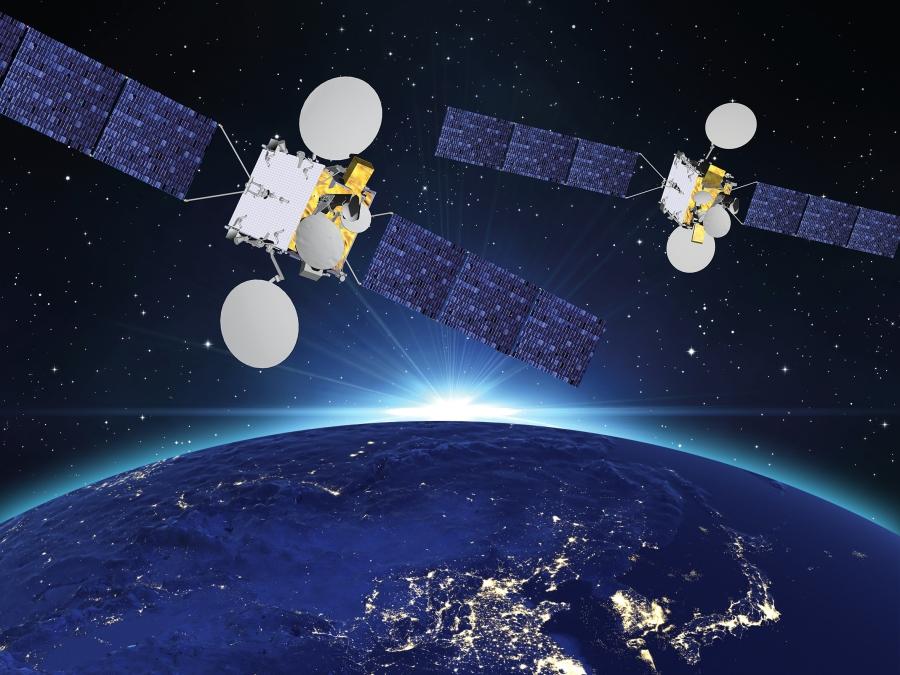
KT Sat, a subsidiary of KT Corporation, has been operating the KoreaSat fleet of communications satellites since 1995, delivering a range of telecommunications services to Asian countries. The KoreaSat 5A and KoreaSat 7 satellites were ordered from Thales Alenia Space in 2014 to build a complete solution for Internet access, multimedia distribution, broadcasting and Fixed Satellite Services.
The Ku/Ka-Band KoreaSat 7 was launched earlier this year atop an Ariane 5 rocket and has entered operations at 116° East in Geostationary Orbit, to be joined at 113°E by the KoreaSat 5A satellite that is replacing the KoreaSat 5 spacecraft launched in 2006.
Based on the Spacebus-4000B2 satellite platform, KoreaSat 5A hosts twenty 54 MHz, twelve 36 MHz and four extended, steerable Ku-Band transponders that will deliver coverage over five zones stretching from the Arabian Peninsula to Japan. The addition of steerable beams allows the satellite to deliver coverage wherever needed within its footprint.
>>KoreaSat-5A Satellite Overview
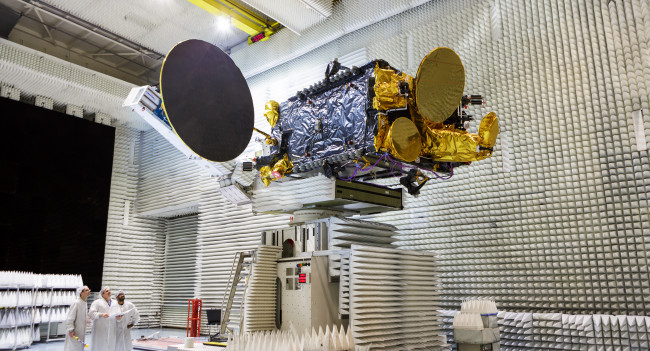
The KoreaSat 5A and 7 satellites employ the largest 3D-printed satellite parts manufactured in Europe to date. Additive manufacturing of these telemetry and command antenna support structures provided a 22% decrease in mass, shaved around two months off the production timeline and provided a 30% cost reduction, also showcasing the advantages of 3D printing by exhibiting perfectly reproducible behavior during vibration testing.
Thursday’s Static Fire test came 15 days after SpaceX’s most recent launch from LC-39A at the Kennedy Space Center that has provided SpaceX with a trouble-free launch pad in terms of post-launch repairs needed after each mission, allowing the company to fly eleven missions from there in a period of eight months.
The Static Fire Test has been an integral part of every SpaceX launch campaign since the days of Falcon 1, providing an opportunity for an end-to-end test of the assembled launch vehicle – sans payload – and the Ground Support Equipment to ensure no surprises emerge on launch day. As a complete rehearsal of launch day, the Static Fire test includes a full tanking sequence on the two-stage rocket. The test also puts the second stage – a bystander in the hot firing of Stage 1 – through a full thermal and pressurization cycle to evaluate the integrity of its systems.
F9/Koreasat5: Gorgeous day for a hotfire test! Wind out of the north, blows exhaust cloud back past vehicle pic.twitter.com/ID7AK2zO45
— William Harwood (@cbs_spacenews) October 26, 2017
While being loaded with some 500 metric tons of sub-cooled Liquid Oxygen and chilled Rocket Propellant-1, Falcon 9 had to complete a fast-paced sequence of events in the last seven countdown minutes to chill down the turbomachinery of its engines, transition to battery power, complete checks of engine valves and thrust vector actuators, and enter a preliminary pressurization state for the release of the Strongback structure from the 57-meter tall vehicle.
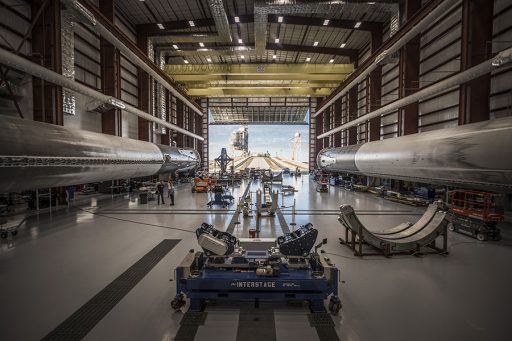
Ignition of the nine Merlin 1D engines occurred near the opening of the day’s test window at 16 UTC as Falcon 9 briefly soared to a launch thrust of nearly 700 metric ton-force to capture performance data on its engines. After going through its shutdown sequence, Falcon 9 was safed while engineers went through a quick look data review to ensure the firing reached its target duration and all necessary performance parameters were collected.
SpaceX confirmed a nominal Static Fire Test through Twitter, indicating the initial review had been successful. After de-tanking, the rocket will be wheeled back into its pad-side hangar where it will meet its payload over the coming days in fairly tight working conditions as it is understood that all three cores for the upcoming Falcon Heavy test flight have taken up residence inside the hangar.
Launch Complex 39A is currently expected to support two more Falcon 9 missions, Monday’s launch of KoreaSat-5A and the secretive Zuma mission on November 16. After that, Falcon 9 operations will shift back to the repaired Space Launch Complex 40 for another two missions before the year is out while LC-39A undergoes final outfitting work for Falcon Heavy. Although a Falcon Heavy launch by the end of the year is still in the cards, a more reasonable expectation would be to see the rocket vertical on its pad for Wet Dress Rehearsals and Static Fire Testing before 2017 comes to a close.

